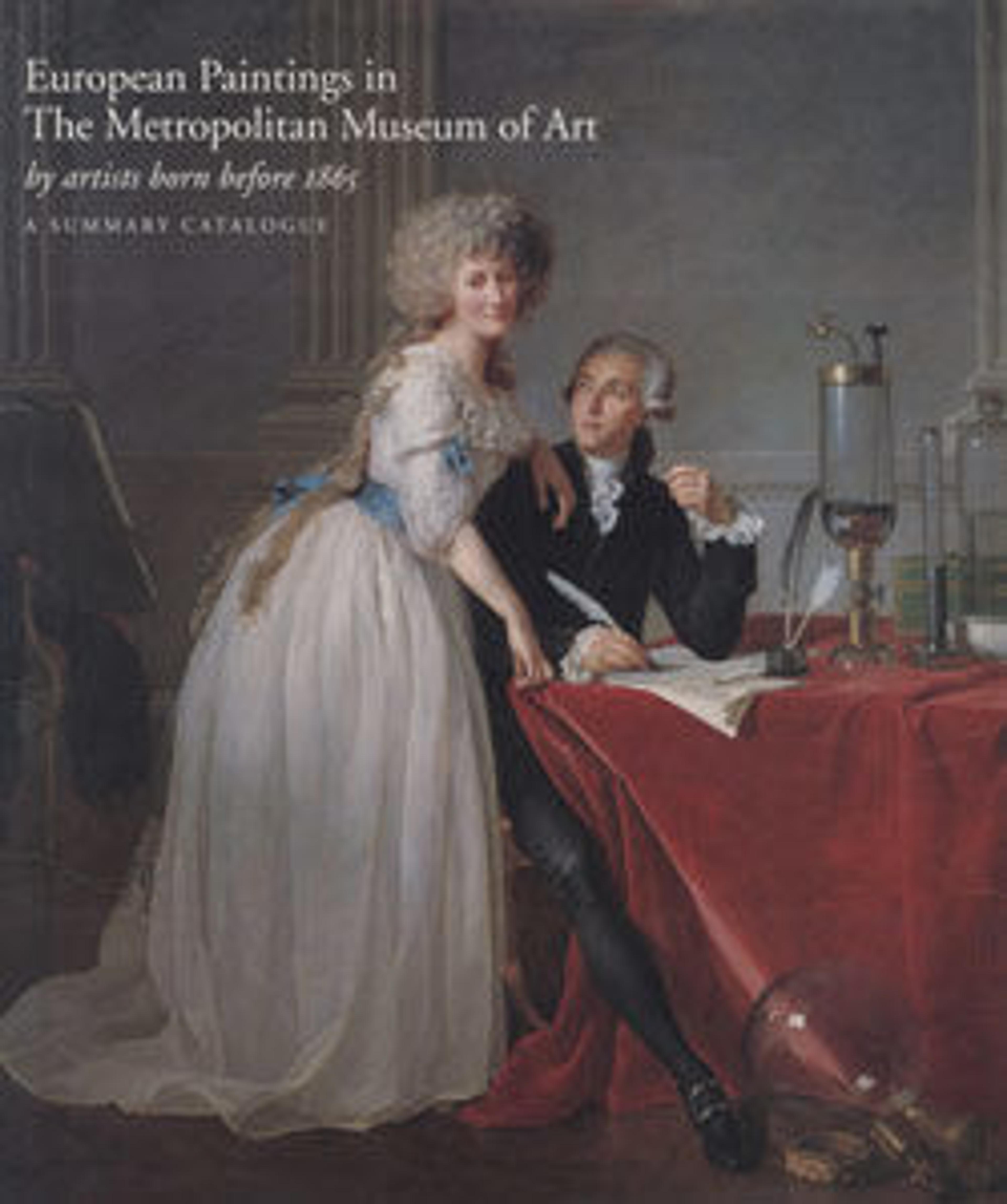The Muse: History
The model for this work may have been Emma Dobigny, who often sat for Corot at the end of his career. Corot painted four other Muses in the 1860s. All of them evoke a mood of melancholy.
Artwork Details
- Title:The Muse: History
- Artist:Camille Corot (French, Paris 1796–1875 Paris)
- Date:ca. 1865
- Medium:Oil on canvas
- Dimensions:18 1/8 x 13 7/8 in. (46 x 35.2 cm)
- Classification:Paintings
- Credit Line:H. O. Havemeyer Collection, Bequest of Mrs. H. O. Havemeyer, 1929
- Object Number:29.100.193
- Curatorial Department: European Paintings
More Artwork
Research Resources
The Met provides unparalleled resources for research and welcomes an international community of students and scholars. The Met's Open Access API is where creators and researchers can connect to the The Met collection. Open Access data and public domain images are available for unrestricted commercial and noncommercial use without permission or fee.
To request images under copyright and other restrictions, please use this Image Request form.
Feedback
We continue to research and examine historical and cultural context for objects in The Met collection. If you have comments or questions about this object record, please contact us using the form below. The Museum looks forward to receiving your comments.
